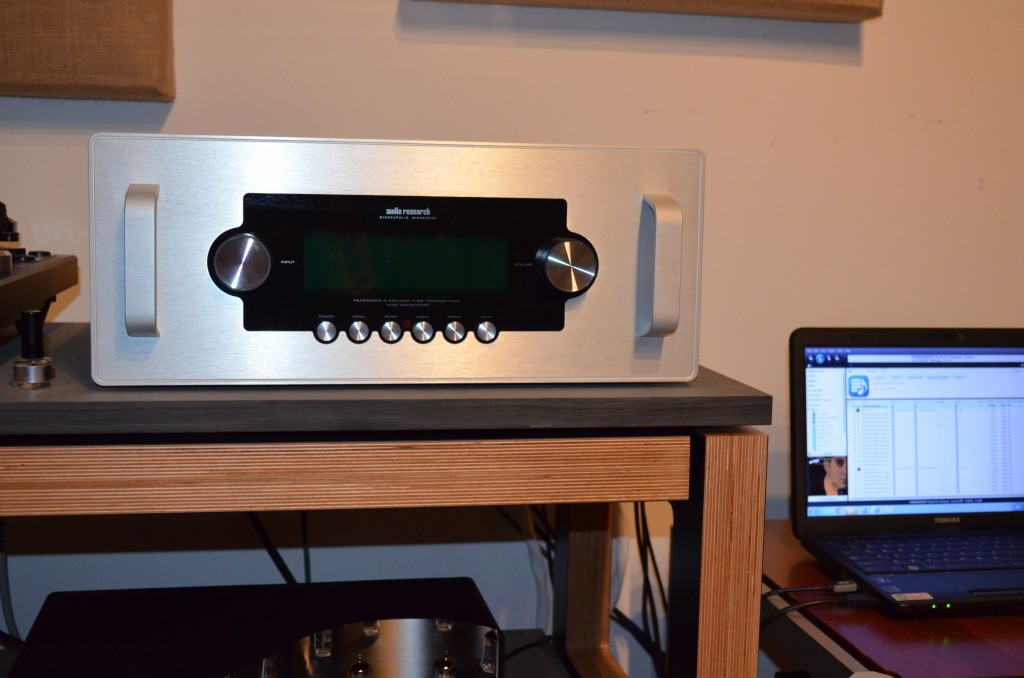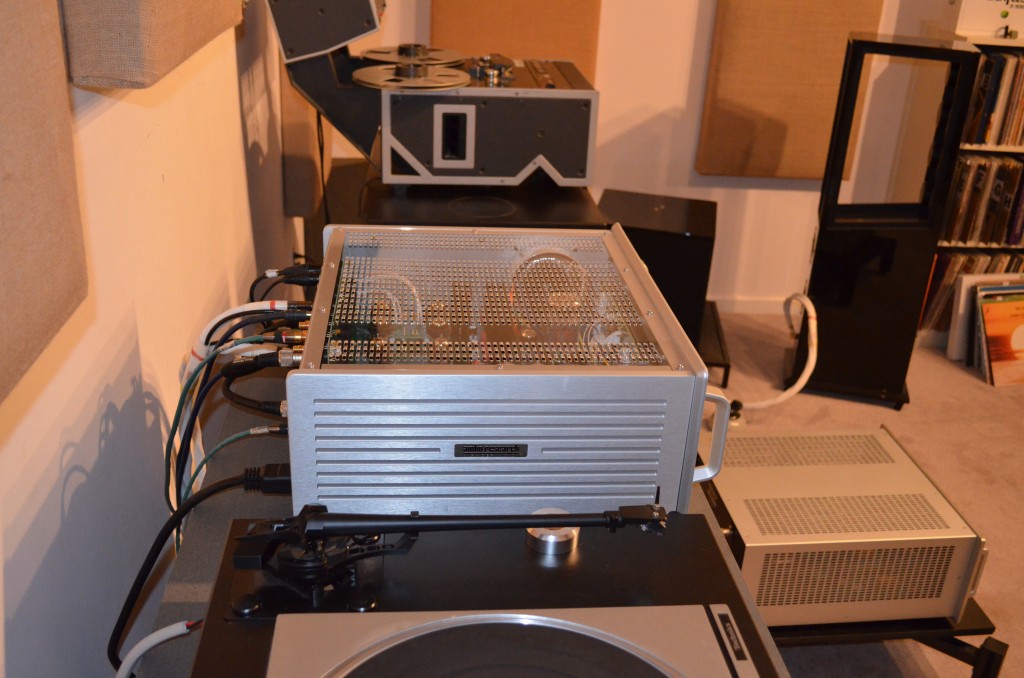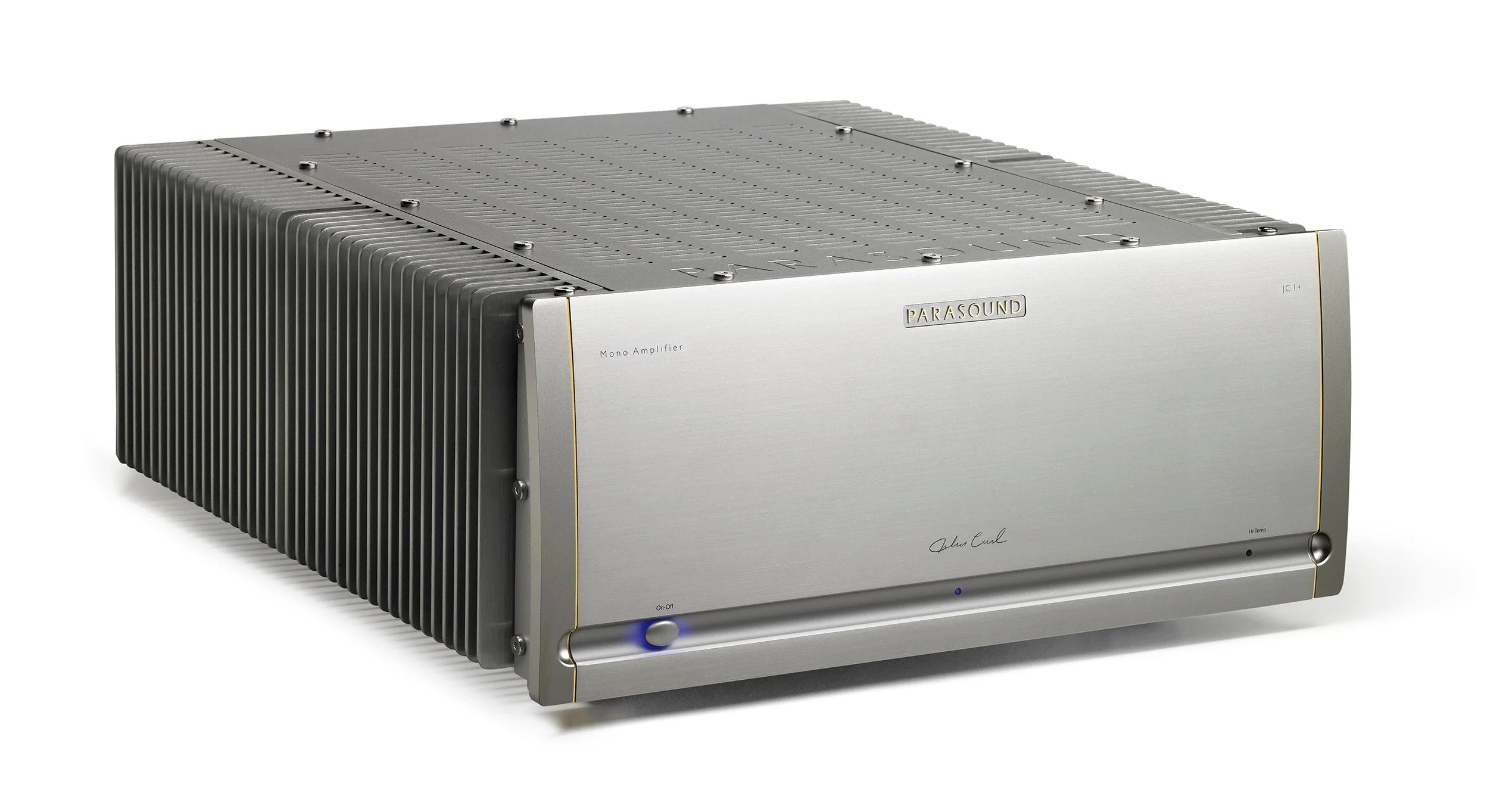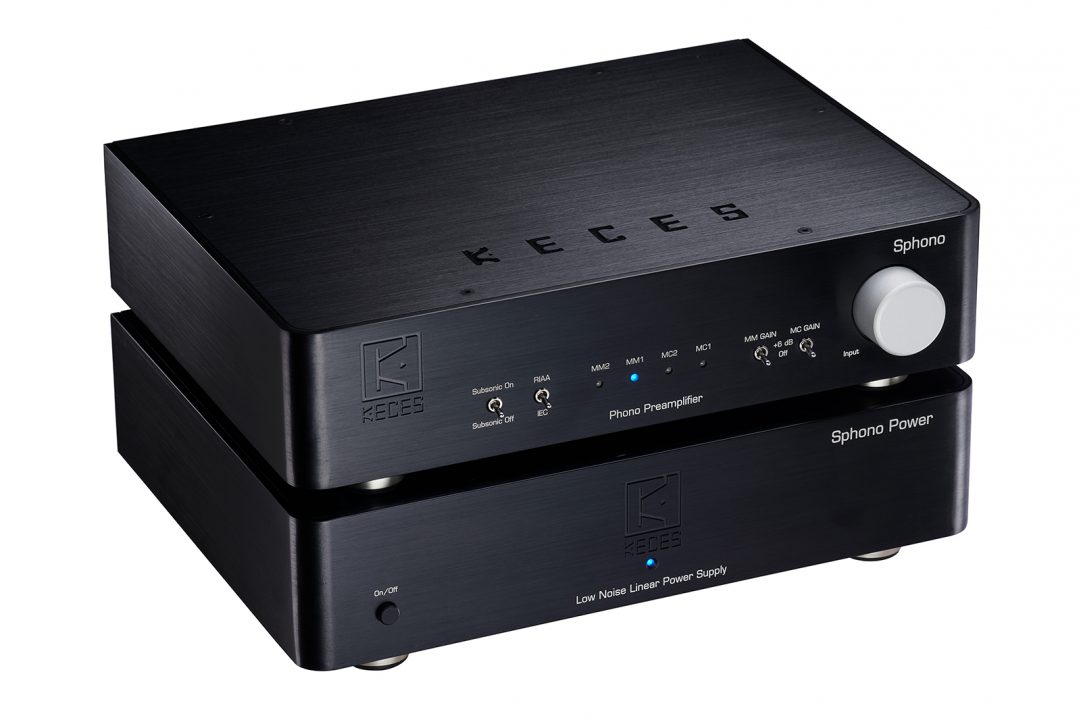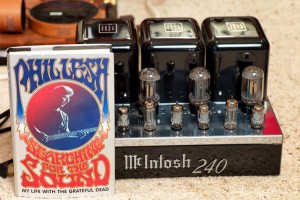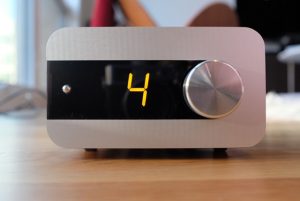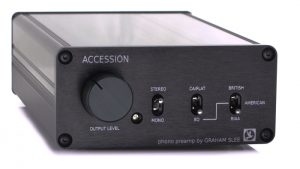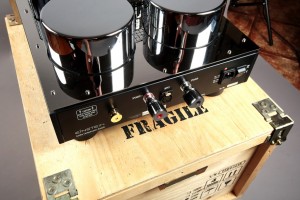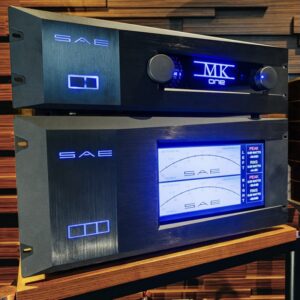Transformative Evolution
I first heard about the Ref 6 line stage coming to market in late October 2015. Without any hesitation, I contacted ARC and placed my order. Why? Because ARC has rarely taken missteps in the evolution of their products since the inception of the company and I was confident that the Ref 6 would be an improvement over the Ref 5SE I had owned since March of 2014. I was informed by ARC at the time I placed my order for the Ref 6 that November and December's production run of the Ref 6 had already been sold out and I could expect delivery of my Ref 6 in the middle of January 2016. True to their word, the Ref 6 showed up at my door on January 18th.
Please consider this review as my preliminary thoughts on the Ref 6 and how it compares to the Ref 5SE. To my knowledge, no reviews of the Ref 6 have been published yet and some people on audio forums who know I purchased the Ref 6 have been bugging me to put fingers to keyboard and tell them something about how the Ref 6 sounds.
First I want to talk about what is different about the Ref 6 compared to the Ref 5SE and there is much to talk about. According to ARC, the power transformer is larger in the Ref 6, the power supply circuit has been revised, the overall quality of parts in the circuit have been upgraded, the line stage circuit has been changed and now uses six tubes instead of four, and the volume pot has been upgraded.
Physically, the back panel of the Ref 6 is laid out completely different from the Ref 5SE and the remote is completely different as well. The Ref 5SE had balanced inputs for all seven inputs with RCA inputs available for each input as well. The RCA jacks were stacked above the right channel XLR inputs and below the left channel XLR inputs. Each input on the Ref 5SE was labeled on the back panel with names such as CD, Phono, Tuner, etc., and the remote was labeled the same way. The Ref 6 has four balanced inputs and 4 unbalanced inputs. They are not labeled the same as the Ref 5SE. They simply say Bal 1, Bal 2, Bal 3, Bal 4, SE 1, SE 2, SE 3, and SE 4. With the Ref 6, you have a menu available from the front panel display to choose what you want to label each of your inputs. You need to be Johnny Fast Fingers on the remote to pull this off though. If you hesitate, it drops you out of the menu to select your name choice for the input. It's a cool feature though.
The front panel of the Ref 6 has been changed as well and not everyone is an admirer of the new look. I have heard some grumbles in the jungle from those who don't like the look of the faceplate and mainly how the volume pot and source selector knobs look. I'm still on the fence with regards to the looks of the faceplate on the Ref 6. All I can say is that it's growing on me, and unlike other things that grow on me over time, I don't have to visit the dermatologist to have it removed. I will say that the names you select for your inputs do not show up as big on the front panel display as they did on the Ref 5SE.
The volume pot used on the Ref 6 is a joy to use if you are turning it manually and not using the remote compared to the Ref 5SE. The Ref 5SE volume pot was not a continuously variable turning pot. You turned it to the right and it would go up one click and spring back. If you always used the remote, that really didn't matter.
Speaking of volume pots, the Ref 6 when turned on goes into an automatic mute cycle just like the Ref 5SE does. The Ref 6 automatically defaults all inputs to "0" on the volume display scale when you power it up. Once you set the volume to where you want it for a given input, it will stay there for the remainder of your listening session until you power the Ref 6 off .
My reference system used for this review consists of the ARC Ref 6, the Ref 75 with KT-150 output tubes, and my Nola KO speakers with Definitive Technology Reference subs. Analog sources were my Technics SP-10 MKII table in a custom plinth with an SME 312S arm and Dynavector XV-1S cartridge fed into my Zesto Andros 1.2 phono stage. Also in the analog stable is my Otari MX-55 reel to reel deck being fed into a pair of Ampex 350s via balanced connections into the Ampex 350s and balanced connections into the Ref 6. Digital is supplied via my laptop music server running JRiver 20 and feeding the Mytek Stereo 192 DAC. I primarily play DSD files. I also run the Mytek in balanced mode into my Ref 6.
So for those of you that own the Ref 5SE and are sitting on the fence with regards to whether it's worth upgrading to, let's cut to the chase so to speak and talk about how the Ref 6 sounds compared to the Ref 5SE. If someone would have blindfolded me and taken me down into my room and sat my butt in my listening chair without me knowing the Ref 6 was in the system and asked me what had changed, I swear I would have said someone replaced my Ref 75 with a powerful set of monoblock amps. I have never had a line stage/preamp in my system that sounds this powerful. The funny thing is that the gain specs for the Ref 6 are identical to the Ref 5SE. If you currently have the Ref 5SE, you will find that you will be listening at lower levels on the volume readout on your display with the Ref 6. My volume level on all sources I play through the Ref 6 are much lower than when I had the Ref 5SE.
Another thing you will quickly notice is that the Ref 6 will put much more bass energy into your room than the Ref 5SE. If you have subs, you will probably have to dial them down a little. I don't think I can emphasize enough how much more powerful the Ref 6 sounds across the audio spectrum. I truly felt like I had a new system and not just a new line stage, and not just because of the sense of power and scale the Ref 6 gives you.
As much as I admired and enjoyed the almost two years I spent with the Ref 5SE, the Ref 6 is simply in another league. The usual audiophile descriptors are easy enough to talk about, but what makes it more difficult to describe is how music just flows from the Ref 6. I'm somewhat at a loss for words to describe the phenomenon that I hear with the Ref 6 with the way that music sounds more natural and less recorded and therefore more real. As Myles Astor likes to say, some systems play notes and some systems play music. The Ref 6 with the right supporting cast plays music.
ARC says that the recommended break-in time is 600 hours and I have not reached that mark yet. I can tell you that my Ref 6 sounded great out of the box and has not taken backwards steps. The Ref 6 is just a better sounding line stage in every audiophile category that we use to check off boxes in than the Ref 5SE. The Ref 5SE sounds like a really, really good line stage when you install it in your system and assuming it's better than what you replaced it with, you will realize you have a better sounding line stage in your system. The Ref 6 however makes you think your entire system became much better and not just your line stage. Lower noise, better S/N ratio, better dynamic range, bigger soundstage in all dimensions, deeper bass, more fleshed out midrange, and more information across the audio bandwidth including the upper octaves.
What you hear coming from the Ref 6 will sound more like music cut from a continuous sonic cloth versus music that sounds like it was stitched together in quilt like fashion. No matter if you are a one-source person and only listen to digital or analog or if you are like me and enjoy having multiple sources across both formats, the Ref 6 will clearly let you hear what your sources are bringing to the table.
In closing (for now), if you currently own a Ref 5SE and are sitting on the fence wondering if the upgrade to the Ref 6 is worth it, all I can say is that based on my experience with my system in my room, I highly advise jumping down from the fence and contacting your ARC dealer. I haven't had a single regret since the first note poured forth from my system after the Ref 6 was installed.
For more on the Ref 6, go HERE.
Audio Research




